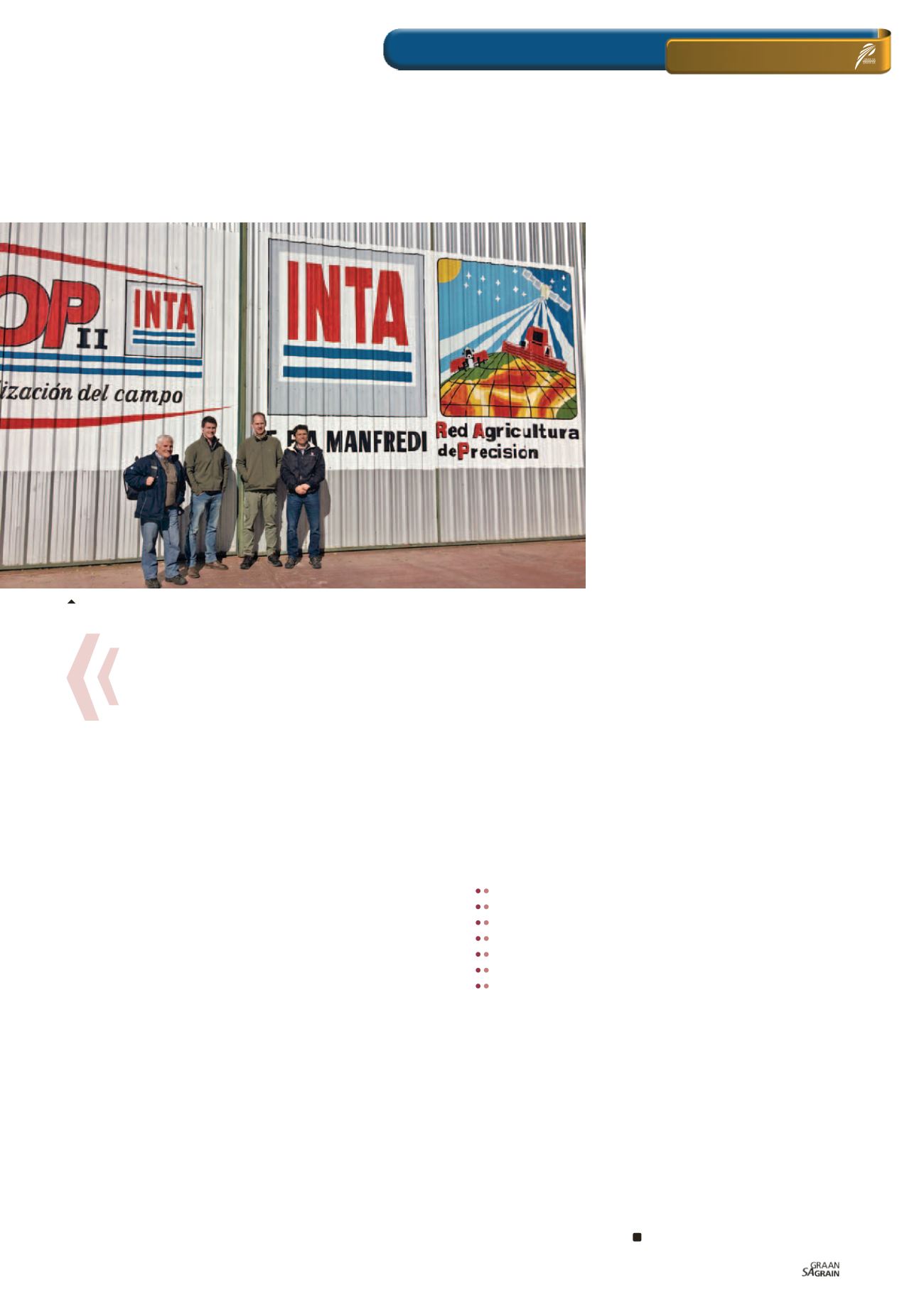

89
October 2018
on farm level
Conservation agriculture
Conversion process and key components
Producer’s associations initially began no-tillage research in
Argentina. Producers conducted field trials on their farms to gener
ate new information and to investigate the response of both crops
and soil to the newly introduced system.
These producers shared all their knowledge and experiences
with one another because it was the only clear and trustworthy
type of information available. The philosophy of the association of
no-tillage producers was to improve all together and overall across
Argentina.
They were open to share all their information and obtain new
information from different parts of the country. Furthermore, they
adapted the information for each part of the country for all local
ised conditions and situations. In addition to on-farm field trials,
no-tillage producers held field meetings to share and discuss new in
formation, difficulties and possibilities to achieve their goal: To pro
duce more efficiently and by means of a more sustainable approach.
To achieve this, teamwork was needed from all role-players within
the crop production industry such as the producers, input compa
nies and researchers. During the latter stages of the 1990s, technol
ogy companies supported the newly introduced no-tillage system
and contributed towards the adoption of no-tillage in Argentina.
When the number of producers attending the meetings on no-tillage
increased, several technology companies wanted to be included
in the transformation of the system. Accordingly, the Argentine fed
eral research and extension organisation National Agricultural Tech
nology Institute (INTA) saw the possibility of the no-tillage system
and initiated scientific research.
Since then, specific aspects with regards to no-tillage systems
have been researched to address problems faced by producers con
tinuously adapting and improving their no-tillage systems in vari
ous parts of the country. This helped to promote no-tillage so 80%
of the total production land was converted within 15 years.
No-tillage in a system-based
approach
In Argentina, there now is a big emphasis on
the inclusion of several principles or prac
tices during the application of no-tillage in a
cropping system. This importance of a system-
based approach has not only been acknowl
edged in Argentina, but globally as well. South
Africa has been emphasising this systems con
cept for the past ten years or more.
The success of a no-tillage system does not
solely depend on the mode of soil distur
bance, but the total agro-ecological manage
ment and improved technology that comes
with it. Proper crop residue management,
crop rotation, integrated weed and pest man
agement strategies, integrated soil fertility
management and the integration of livestock
should complement the system in associa
tion with modern technology, which transform
no-tillage to a complete conservation agricul
ture (CA) system.
It has been realised that no-tillage is not enough to control soil
degradation and regenerate soil and agro-ecosystems, which re
quire the quality application of all the CA principles.
What no-tillage offers producers
in the humid Pampas
The principles of the no-tillage or CA system remain the same re
gardless of the location. However, the success of the system de
pends on how these principles are applied and adapted in each
producer’s conditions. Each set of social, economic, soil and cli
mate conditions presents its own challenges and therefore requires
different approaches.
The implementation of no-tillage in combination with adequate
soil cover and crop rotation (or CA) has the following advantages
for Argentine producers:
Soil erosion control is improved.
Improved soil water balance for crop growth.
Improved soil physical structure with more stable macropores.
Increased chemical fertility.
Increased soil biological activity and organic matter content.
Possibility to intensify the cropping system with crop diversity.
A more productive and simplified cropping system.
It is important to recognise that a total mind shift, or rather a
permanent open and learning mind is essential for all participating
parties to continuously adapt their no-tillage practices to successful
CA systems.
Mr Mario Bragachini, a legend in Argentina for his work on agricul
tural machinery and no-tillage, emphasised it perfectly: ‘Most pro
ducers talk about how much rain they will or did receive for crop
growth. They should rather talk about how much water the soil
can offer the crops. This includes surface run-off, evaporation and
soil water holding capacity. The nature of this approach is such
that emphasis is not placed on how much rain will be received,
but rather how the soil can be managed to offer the crops the best
chance possible with what is available at that point of time. That is
when you manage the soil.’
Conversion to no-tillage
Carlos Galarza (INTA), Stephano Haarhoff, Dr Hendrik Smith and Juan-Pablo Velez (INTA).
















